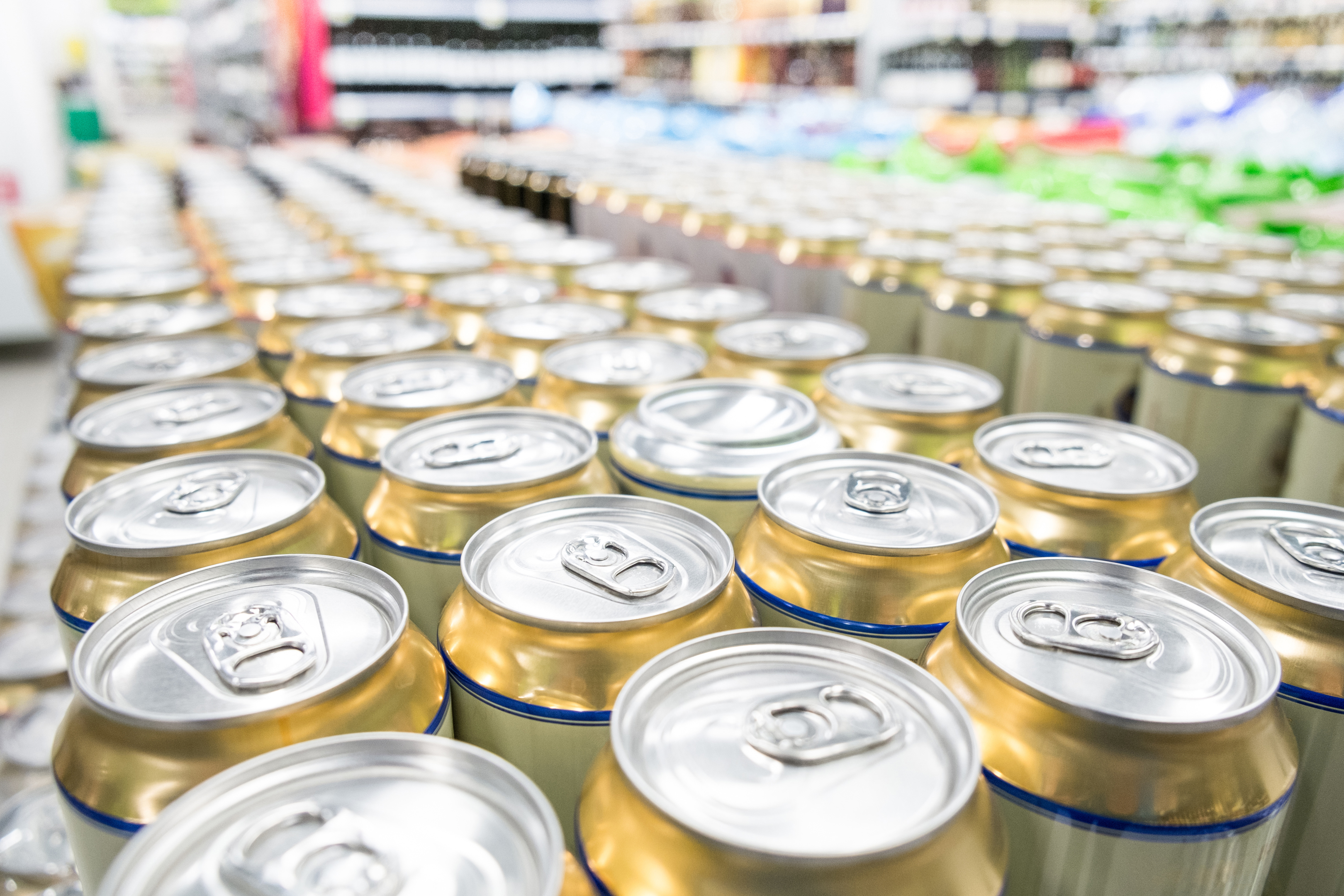
THE likelihood of people on the lowest incomes drinking too much increases in line with the availability of alcohol in their area, according to a study.
Researchers from the universities of Edinburgh and Glasgow studied the links between alcohol consumption and income in Scotland, and found that the country’s poorest people are disproportionately affected by the availability of alcohol in their neighbourhood.
The amount of drink consumed by those on the highest incomes in Scotland is far less affected by the number of outlets near their homes, the findings suggest.
The experts have called for “radical” policy changes to tackle health inequalities and alcohol-related harm, and said moves to tackle dangerous drinking which focus solely on consumer behaviour may not go far enough.
The research team combined data on the density of alcohol outlets in towns and cities across the country with details from a national health survey of more than 28,000 people.
They said their finding that low earners are most at risk from local access to alcohol could be driven by “many factors”, including that low-income groups may spend more time in their local areas and be more reliant on these neighbourhoods.
The researchers suggest that interventions to reduce drinking which focus exclusively on an individual’s behaviour, such as media campaigns and warning labels on products, are unlikely to make significant improvements to health.
Changes should include reducing the availability of alcohol, they argue.
The team has previously shown that there are more premises selling alcohol in the poorest parts of Scotland than in the wealthiest areas.
The Scottish Government plans to introduce a minimum price for alcohol of 50p a unit on May 1, becoming the first country in the world to do so.
Study leader Dr Niamh Shortt, of Edinburgh University’s School of GeoSciences, said: “Reducing alcohol-related harm is a key public health priority and Scotland is leading the way with the implementation of a minimum unit price. There is, however, more to be done.
“Low-income groups suffer most from alcohol-related harm and our research shows that they are also at the greatest risk from its ubiquitous availability in our neighbourhoods. Alongside price, we need to address the easy availability of alcohol.”
The study, funded by The European Research Council and the Scottish Collaboration for Public Health Research and Policy, has been published in the journal Annals of the American Association of Geographers.

Enjoy the convenience of having The Sunday Post delivered as a digital ePaper straight to your smartphone, tablet or computer.
Subscribe for only £5.49 a month and enjoy all the benefits of the printed paper as a digital replica.
Subscribe